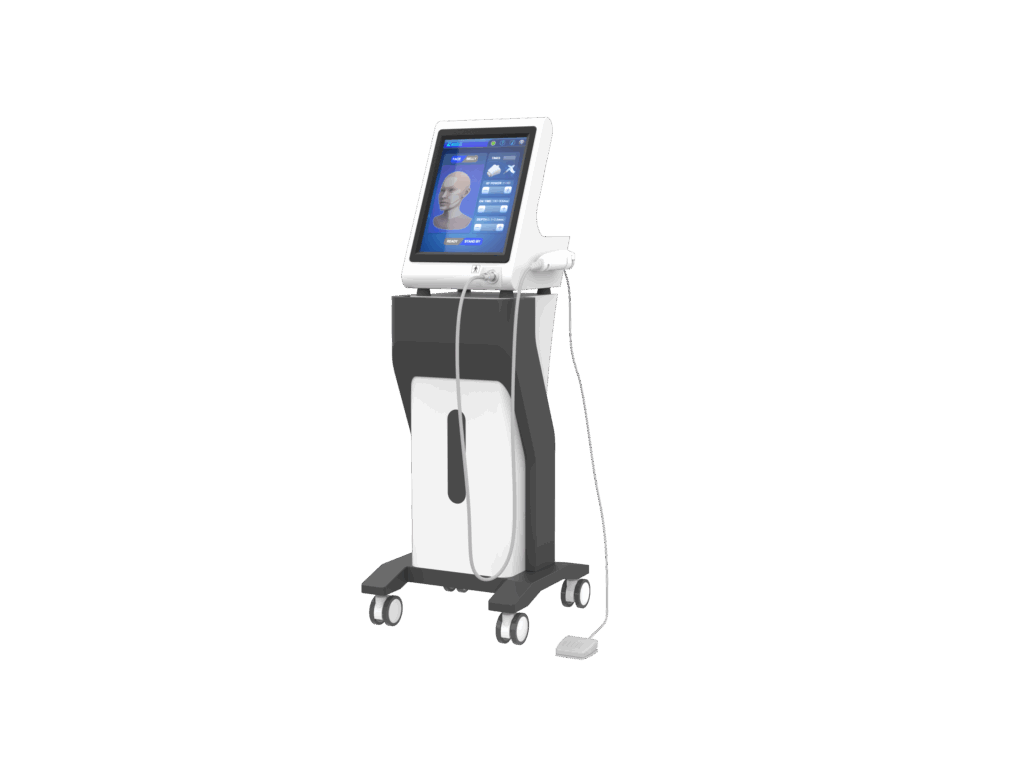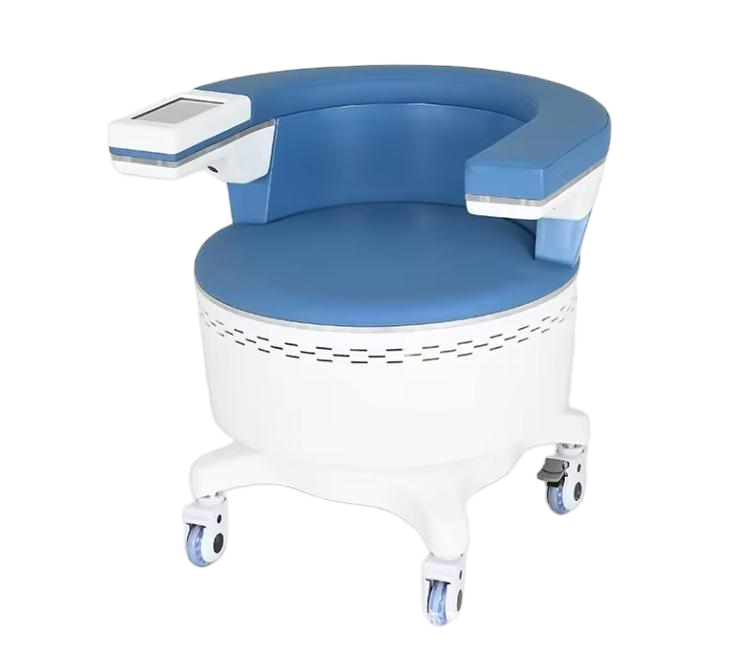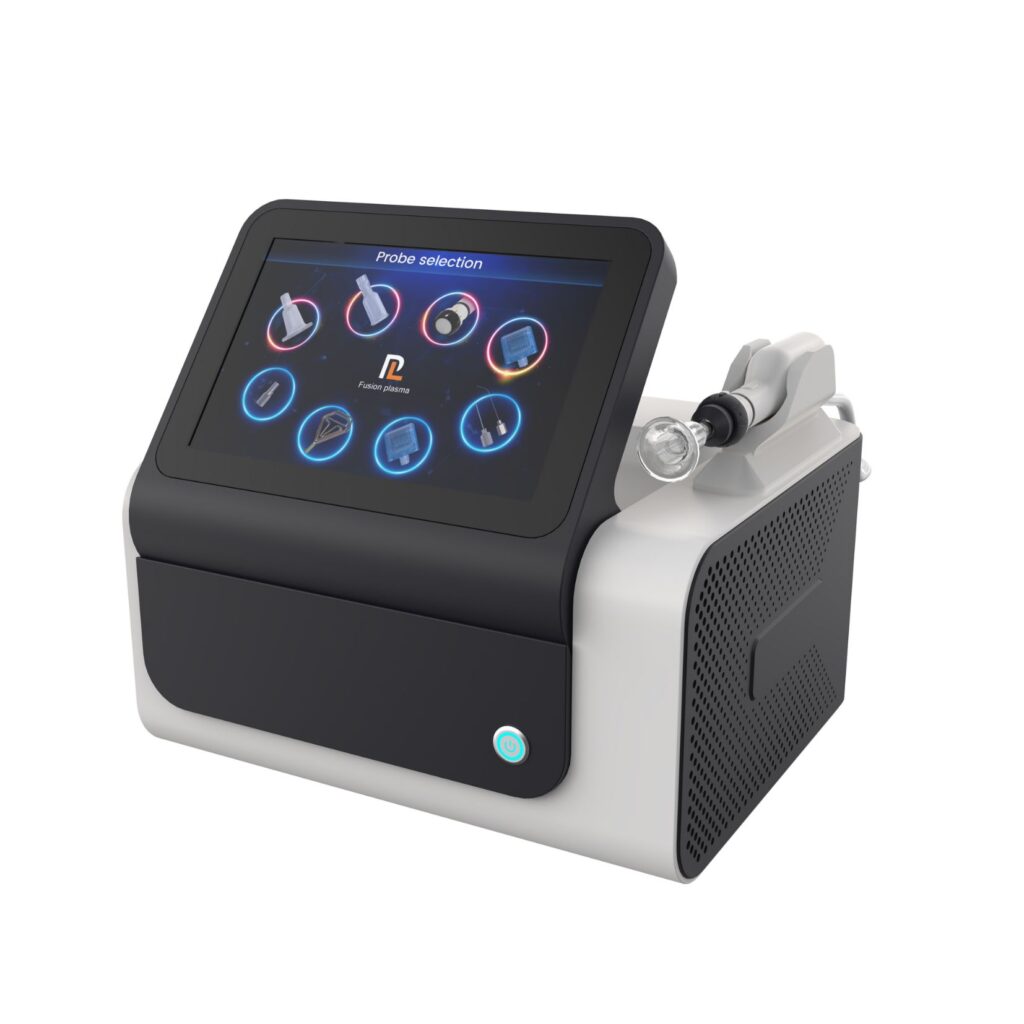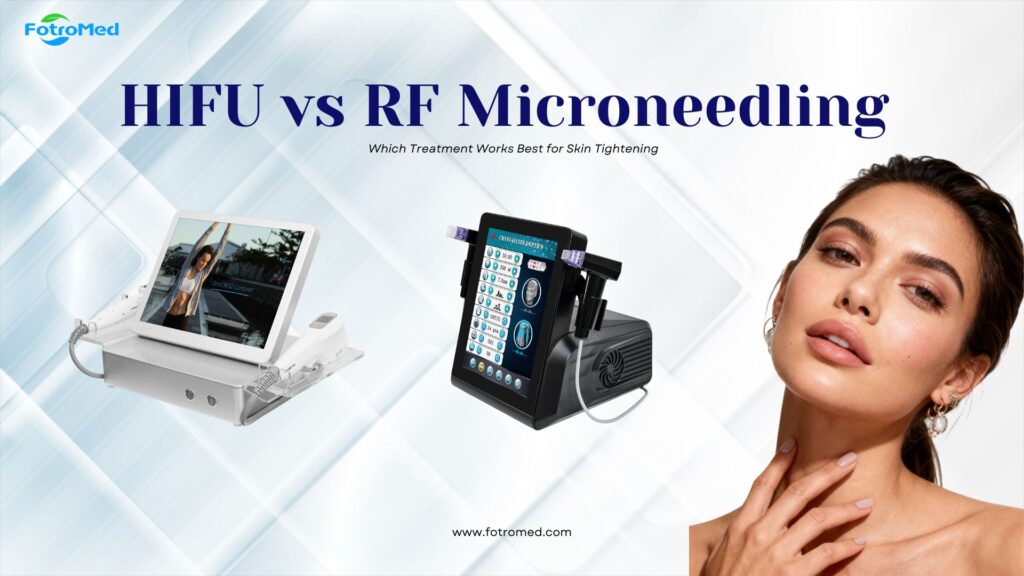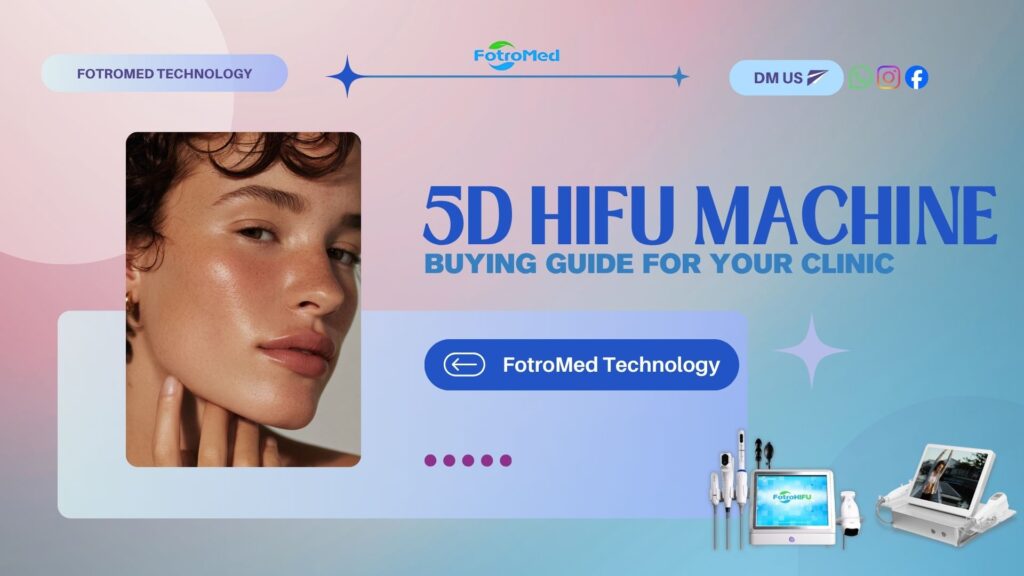
The Q-Switched Nd:YAG laser and IPL (Intense Pulsed Light) are advanced skin treatment technologies, but they differ significantly in their mechanisms, applications, and effectiveness. Here’s a side-by-side comparison to help understand their key features and benefits:
Q-Switched Nd:YAG Laser
Purpose Of Q-Switched Nd:YAG Laser:
Designed primarily for treating deep pigmentation, tattoo removal, and overall skin rejuvenation by targeting specific chromophores in the skin.
How Q-Switched Nd:YAG Laser Works:
- Emits short, high-energy pulses of light at specific wavelengths (532 nm and 1064 nm).
- Targets melanin and ink particles, breaking them into smaller fragments absorbed and eliminated by the body.
Applications Of Q-Switched Nd:YAG Laser:
- Tattoo removal (multi-colored tattoos).
- Treating pigmentation concerns, sunspots, and age spots.
- Skin rejuvenation by stimulating collagen production.
- Reducing acne improves the appearance of improves the appearance of improves the appearance of improves the appearance of scars and pigments and pigments and pigments and pigments and pores.
Advantages Of Q-Switched Nd:YAG Laser:
- Highly effective for deep pigmentation and tattoos.
- Can penetrate deeper layers of the skin.
- Suitable for treating specific skin issues like pigmentation concerns.
- Minimal damage to surrounding skin.
Limitations Of Q-Switched Nd:YAG Laser:
- Can cause temporary redness, swelling, or slight crusting.
- May require multiple sessions for full results.
- Less effective for vascular issues or hair removal.
IPL (Intense Pulsed Light)
Purpose Of IPL:
A versatile treatment that targets pigmentation, vascular lesions, and unwanted hair using broad-spectrum light.
How IPL Works:
- Emits multiple wavelengths of light absorbed by pigment (melanin) and hemoglobin.
- Breaks down pigmentation, reduces redness, or damages hair follicles for hair removal.
Applications Of IPL:
- Treating sunspots, freckles, and hyperpigmentation.
- Reducing redness, rosacea, and spider veins.
- Hair removal.
- General skin rejuvenation for an even tone.
Advantages Of IPL:
- Effective for a wide range of skin concerns.
- Can treat larger areas in a shorter time.
- Non-invasive with minimal discomfort.
Limitations Of IPL:
- Limited penetration depth compared to Q-Switched Nd:YAG.
- Less effective for deep pigmentation or tattoos.
- Not ideal for darker skin tones due to potential risks of hyperpigmentation or burns.
IPL Machine For Sale:
Key Differences Q-Switched Nd Yag and IPL
| Feature | Q-Switched Nd:YAG Laser | IPL (Intense Pulsed Light) |
| Primary Function | Deep pigmentation and tattoo removal | Surface-level pigmentation, vascular issues, and hair removal |
| Technology | Laser with specific wavelengths | Broad-spectrum light therapy |
| Target Area | Deep pigmentation and ink particles | Surface-level pigmentation and vessels |
| Use Case | Tattoos, pigmentation concerns, skin rejuvenation | Pigmentation, redness, hair removal |
| Penetration Depth | Deep (melanin and dermis) | Shallow to medium (epidermis) |
| Suitability | All skin types (with care for darker tones) | Limited by skin tone and hair type |
| Results | Gradual with fewer sessions | Gradual over multiple sessions |
| Pain Level | Mild to moderate | Mild discomfort |
| Downtime | Minimal to moderate (temporary redness/swelling) | Minimal (redness possible) |
Which One to Choose?
- Q-Switched Nd:YAG Laser: Best for treating deeper skin concerns like pigmentation concerns, tattoos, and certain improves the appearance of improves the appearance of improves the appearance of improves the appearance of scars and pigments and pigments and pigments and pigments. Effective for darker skin tones and precise treatments.
- IPL: Ideal for surface-level concerns like pigmentation, redness, and hair removal. Suitable for clients with lighter skin tones.
For clinics, offering both technologies ensures the ability to treat a wide range of skin conditions, from deep pigmentation to vascular issues and hair removal.
Related Posts Of IPL:

